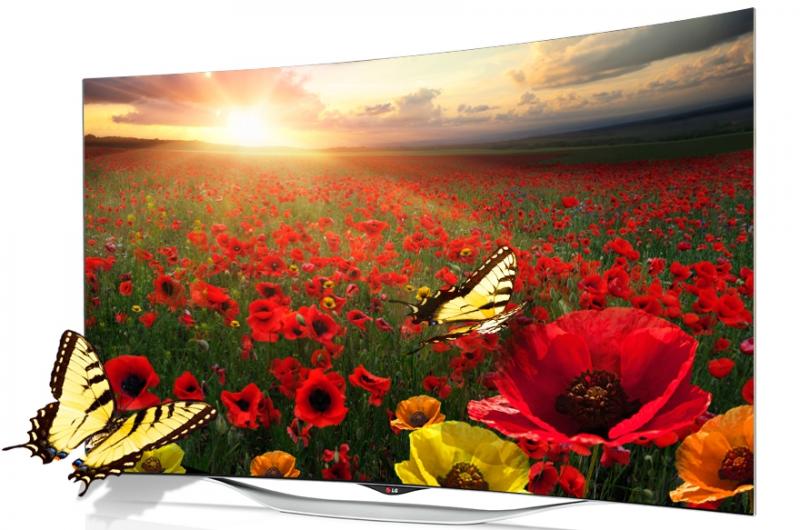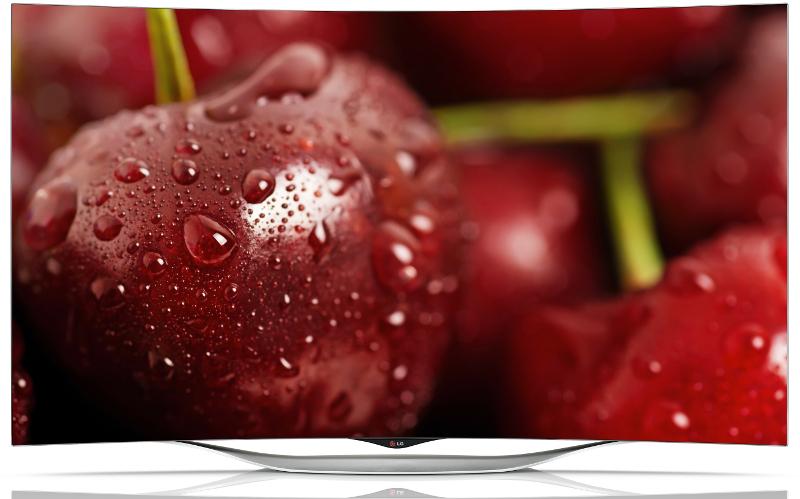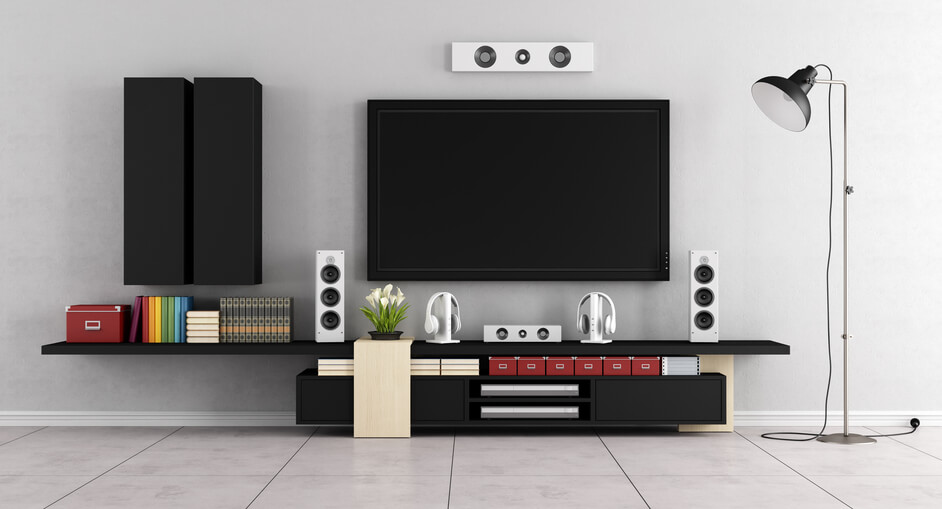OLED means organic light-emitting diode; similar to an LED (light-emitting diode), OLED technology differs in the fact that the emissive electroluminescent layer is composed of an organic compound. This compound responds to an electric current to emit light.
The big difference between OLED TVs and other TVs is that OLED is capable of turning pixels on or off, which makes backlighting unnecessary. With an OLED TV, images are displayed in perfect black with an infinite contrast. Regardless of the size of the object displayed in the dark area, you will still be able to see it clearly.

How Does an OLED TV Work?
OLED is able to emit brighter light with less energy than other TVs, ensuring you have a stunning display at an affordable price. An OLED panel is composed of a cathode (providing electrons), a substrate (the structural framework), an anode (drawing electrons), and the organic layer. The latter has a conducting layer that provides the area through which flowing electrons can shed energy into, and the emissive layer that produces light. Adding tinted layers to the substrate produces all the different colours.
Improving Your Viewing Experience
With some OLED TVs having their own colour filters that allow for a display of deeper blacks and sharper colours. Refresh rates are also much faster than an LCD’s with a refresh rate of 0.001ms, which represents a time that is a thousand times faster.
This technology also has lower power consumption due to not needing the same amount of electronic elements that another TV would need. OLED is very efficient, as it turns pixels off to produce the colour black, saving energy in the process.
With these technological advances, OLED TVs are made of strong plastic materials that are sturdier than glass TVs’ displays. This change in materials also allows for TVs that can withstand higher temperatures than others.
Another positive feature about OLED technology is that it keeps being developed, ensuring a higher quality of television experience at affordable prices. As the technology advances, TVs will be able to provide even more accurate and beautiful image quality.



 My Cart -
My Cart - 





